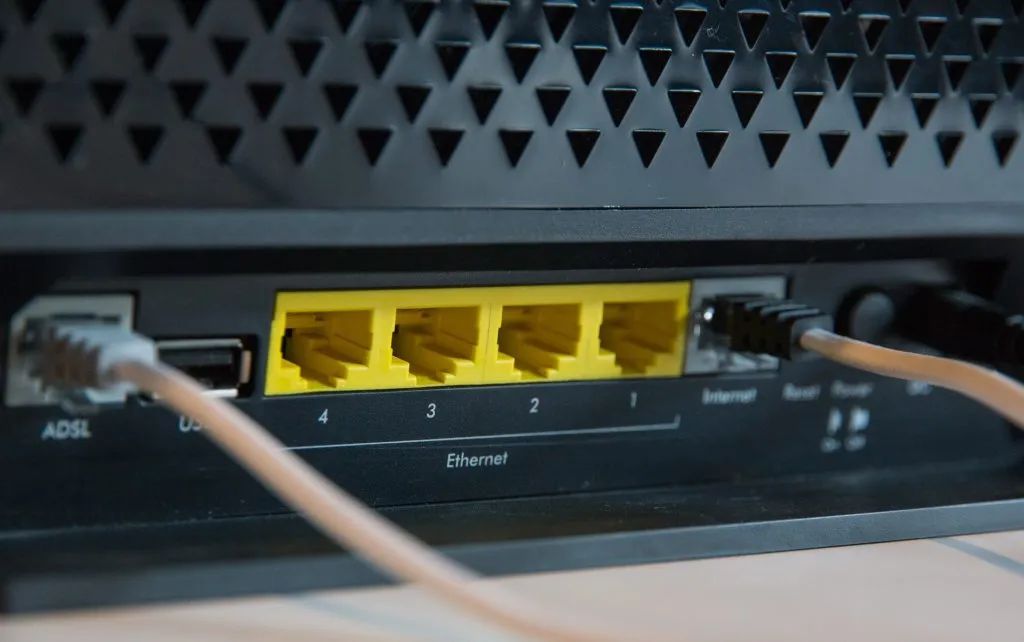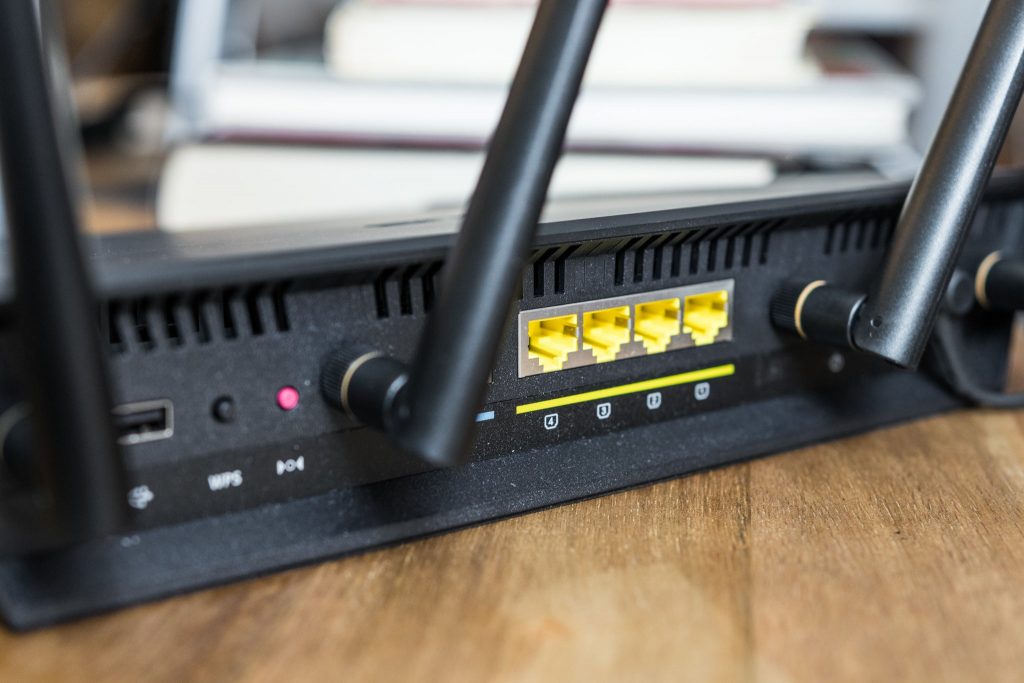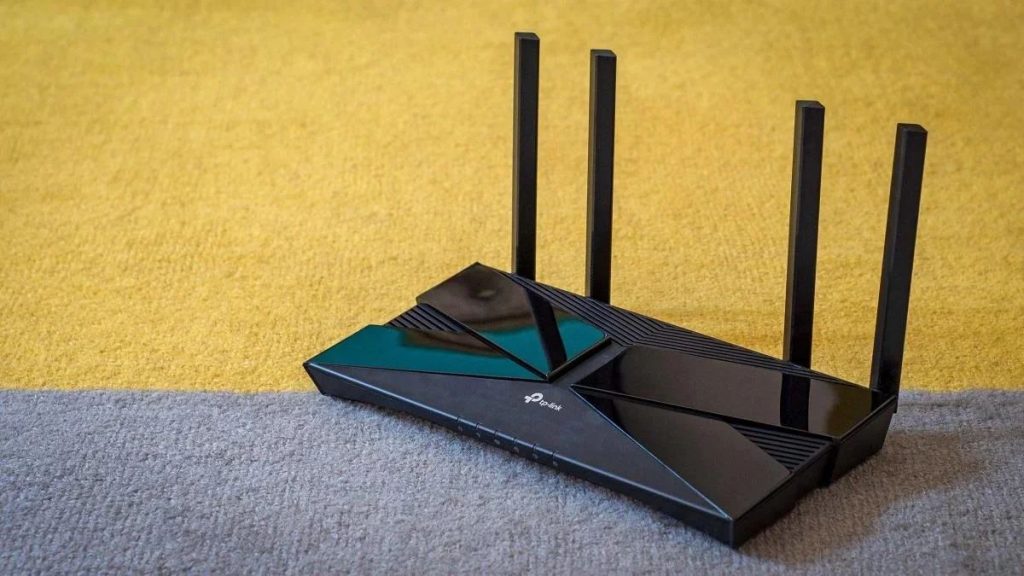Dual-band routers with 2.4 GHz and 5 GHz support provide different benefits. 2.4 GHz provides a broader coverage range, while 5 GHz gives you better speed internet.
Why does my home WiFi have two networks? If you want a question to your answer, continue reading this short article.

Why Does My Home WiFi Have Two Networks?
Traditional or first-generation network routers only support one network. That WiFi has a 2.4 GHz band and is an 802.11b model typically used in houses.
The 802.11a, a 5 GHz single network router for enterprises, is another item produced in the late 1990s and early 2000s, as is currently the case with dual-band or 802.11n network routers.
Not every router on the market supports 2.4 GHz and 5 GHz, but most recent releases do. Although each router has a separate set of specifications, these devices are often considered “dual-band“.
- 2.4 GHz has a more excellent coverage area; improved solid object penetration. A lower data rate and a greater chance of interference typically; more devices use this frequency.
- 5 GHz has increased data rate; decreased interference risk; typically, this frequency is used by fewer devices. Smaller coverage area (apart from 802.11ac) and lower throughput via solid objects
Use 2.4 GHz for a device farther from the router
If you have a big house and a gadget with which you move around a lot during the day (like your smartphone), you should stick with the 2.4 GHz frequency.
This wavelength is suitable for devices that are moved from room to room or are farther away from the router because it has a more extended range and can penetrate solid things more quickly than the 5 GHz band.
The exception to this rule is more recent routers that use 5 GHz 802.11ac WiFi and can, under ideal circumstances, achieve range coverage equivalent to 2.4 GHz.
Use 5 GHz for a device closer to the router
To benefit from faster connections, 5 GHz is your best option if you can utilize most of your devices close to your router.
Similarly, it is advisable to use this frequency and get as close to the router as possible if you frequently engage in high-bandwidth online activities like gaming or video conferencing. Alternatively, 5 GHz will assist you in avoiding wireless congestion.
Read more: How to Connect 2.4GHZ Devices to 5GHZ Network

Which Band Should You Use?
So, now that we have answered the question of why home WiFi has two networks and have seen the difference, let’s see which you can use.
Well, it depends primarily on your needs. You will have a much better experience on the 5 GHz band whether you are streaming content from Netflix or the iPlayer on your tablet or playing games on a console.
Because it can carry significantly more data, your movie or game won’t experience a lot of buffering or dropouts. Whereas it consumes less bandwidth than other web browsing activities, you should be alright using the older 2.4 GHz band.
You may achieve only 0.5–2.0 Mbps download speed on the 2.4 GHz band. The speediest may occasionally begin with 20 to 25 Mbps before rapidly decreasing to 2 Mbps. A 5 GHz connection can get 75 to 90 Mbps, depending on the device’s location.
Automatically switch between the bands
Some older devices might not be able to connect to the more recent 5 GHz band, while others will switch between them without any issues. Most devices automatically choose the stronger network, regardless of which is optimal for your task.
If you are using your phone to watch a movie and move away from the router, it may suddenly switch from 5 GHz to 2.4 GHz. You wouldn’t notice the change until the movie started to stutter and buffer.
Beginners Guide for Home with Two Networks
Check the network
Press and hold the WiFi icon in the Notification Panel until the WiFi settings screen appears. The network properties menu (tap the gear icon or menu icon). Depending on your version of Android, make sure it says 2.4 or 5 GHz in the “Frequency” setting.
Change the WiFi frequency
You can configure a dual-band router to send data simultaneously over both frequencies. The two networks (SSIDs) in question often have the same names in your network list, except for a “5G” or “2.4G” at the end. The decision to join either network is thus up to each device.
Check the settings
Make sure “Prefer 5 GHz” is selected in the Network Settings > Change Adapter choices (if not, it will default to 2.4 GHz when it is available) and check that the region setting is set correctly.
Don’t separate 2.4 and 5 GHz
Get as many devices set up on 5 GHz as possible, and then utilize 2.4 GHz as a backup. Because 2.4 GHz wavelengths overlap, 2.4 GHz is frequently quite congested with neighboring networks. Depending on the parameters, 5 GHz also permits a quicker speed.
Also read: How to Tell if My WiFi Is 2.4 or 5
Why Should You Choose a Wireless Internet Router With Two Networks?
- It can pick up both 2.4 GHz and 5 GHz bands, giving you a wireless bandwidth that is twice as fast as you now have
- You have a dedicated wireless network connection for downloading, streaming, and other high-bandwidth activities
- To avoid network congestion and interference
- You can have two active networks simultaneously or independently without purchasing a second router or using a different network service

Conclusion
Well, this is the very end. So, we hope we have provided enough helpful information regarding your concern – why does my home WiFi have two networks? The most suitable answer would be because it has two networks for better speed and range.
Enjoy a stable and fast internet connection!